
views
Workers Renovating a Fountain in Belgium Uncover a 180-Year-Old Relic
In the charming city of Verviers, you will find an ornate fountain surrounded by well-known chain stores and picturesque cafes. However, once the renovations of this monument began, the workers made a rather eerie discovery.
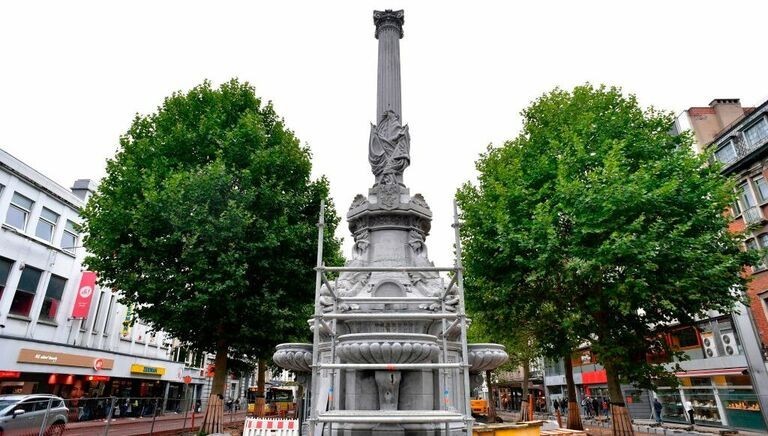
In a rusty metal coffin, they found a rather sinister relic: a human organ over 180 years old. This is the fascinating story of the city of Verviers and its mayor, Pierre David.
Verviers
Located near the border with Germany and in the province of Liège, Verviers has always been well-known for its turbulent past. However, during the 19th century, someone decided to focus on the city to restore its former glory: Mr. Pierre David.
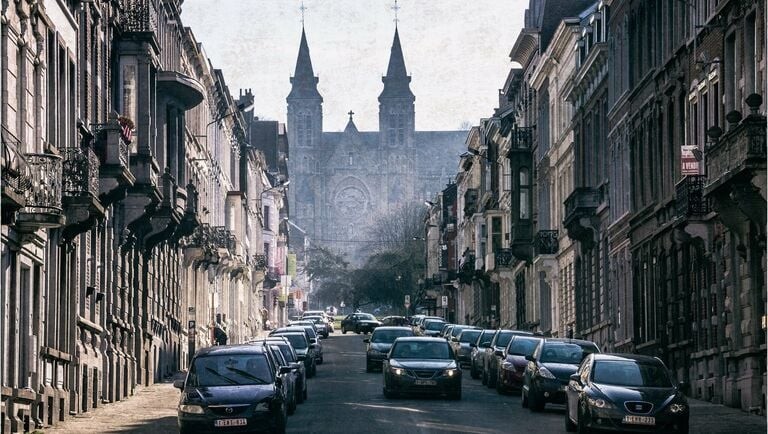
From 1830 until his death (which occurred only nine years later), this mayor managed to restore peace and tranquility. This was after a revolution and centuries of turmoil.
Legends
Nearly two centuries after David's death, the residents of Verviers, known as Verviétois, continue to actively discuss and share stories about the former mayor. Particularly, a rather dark story about his burial.
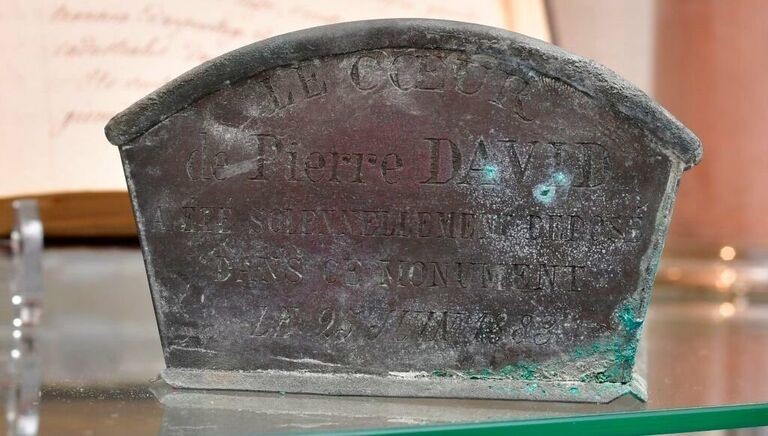
But this story has always been considered a mere legend... until August 2020. It was during this time that renovations on the fountain bearing his name began.
A Chance Discovery
During the restoration of the historic monument, the workers unearthed a coffin that was actually hidden in the hollow stone. The inscription embedded on its side also revealed the truth about its contents. While restoring this historic fountain, the workers accidentally discovered a coffin hidden in the hollow stone.
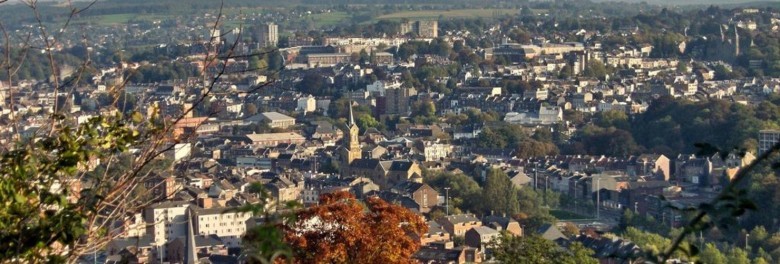
Thanks to the engraved inscription on its side, the truth about its sinister contents was soon revealed. And so, all the strange stories about Pierre David were now confirmed. Verviers had stumbled upon an extraordinary artifact for the city.
A Bit of History
In the heart of the French-speaking Wallonia region, the history of Verviers is certainly interesting and quite long. The city was first colonized by the Romans during their massive expansion across the continent.

Then, the region went through a series of conflicts in the 4th century, as Germanic peoples began their invasion from the east. In the end, it was King Clovis and his Merovingian Franks who ultimately took control of the region.
Conquests
With the Roman Empire fracturing more and more, the tribes present in Wallonia began to develop different dialects and cultures. In the midst of it all, Verviers continued to attract Merovingian kings thanks to its abundant forests and woods, which they considered excellent hunting grounds.

The best places even became exclusive property of the sovereign. However, after three centuries of reign, the Merovingians were overthrown by another Frankish dynasty, the Carolingians.
Conflicts
With the Carolingians, Wallonia continued to divide and fragment at an alarming rate. The consequences of these seeds of political conflict are still felt today.
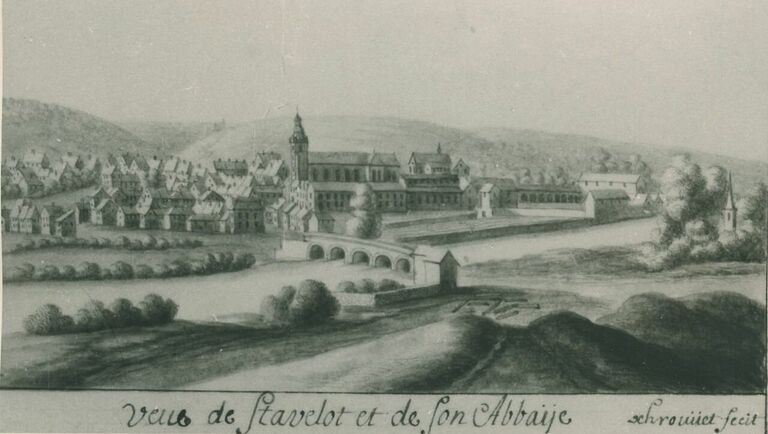
In Verviers, Christianity gradually became the religion to which the populations converted, thanks to the monks from the local abbey. In the middle of the 11th century, Wallonia officially became part of the province of Liège.
Blessed Growth
Today, Verviers is mainly recognized for its textile production, which is said to have flourished in the early 15th century. In just one century, it managed to establish itself as a leading industry, encouraged by the ongoing war in the Netherlands, which had already lasted 80 years.
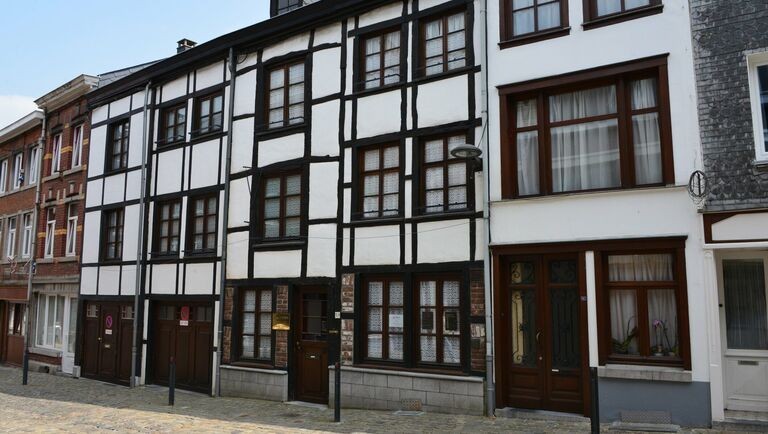
During the following century, the people of Verviers experienced such an economic and social boom that the small town transformed into a bustling city. The population increased and the city continued to expand.
1795
However, as Verviers was gradually flourishing, Wallonia continued to face problems. Especially during the French Revolution, at the end of the 18th century.
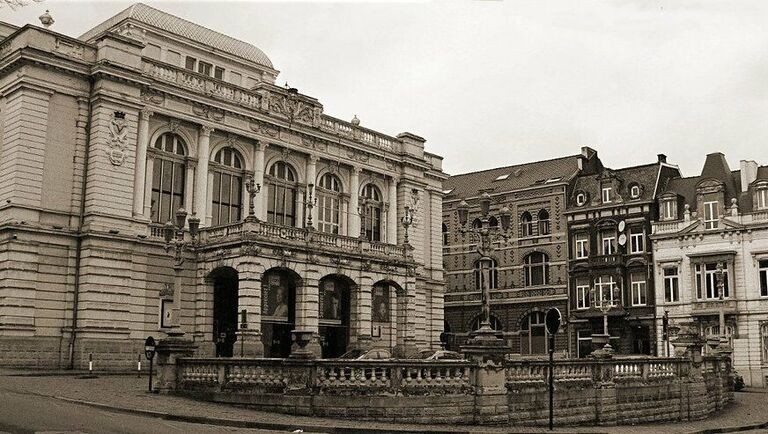
Eventually, Liege was annexed to France in 1795, drastically worsening the region's situation. Poverty became commonplace and the inhabitants struggled to survive as their industry weakened.
Pierre David: The Inspiring Legacy of Verviers' Savior
In the midst of a disastrous period, Pierre David emerged and was elected mayor of Verviers for the first time in 1800. Like most of the city's residents, he came from a family of textile workers.
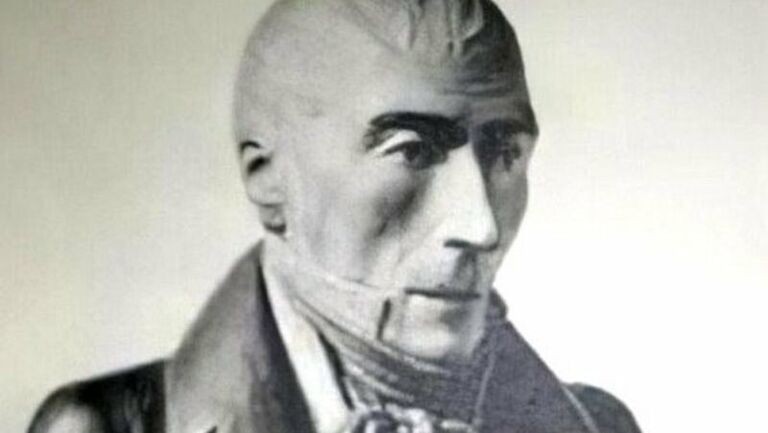
However, David had also worked in the police before pursuing a career in politics. Yet, his journey did not hint at the idolatry that would follow him or the surprising legend that would be written after his death.
The Spirit of Nationalism
During that time, Verviers was under the authority of French Emperor Napoleon Bonaparte. The inhabitants had no choice but to abide by the laws and decrees imposed by the emperor.

However, David disagreed with the idea of a distant sovereign making the laws and resigned in 1808. Even though he was no longer the mayor, it didn't stop him from being actively involved in the life of his city.
Back to Normal?
1815. Seven years had passed, and the French suffered a crushing defeat at Waterloo. Verviers could once again prosper. The city had become part of the Kingdom of the Netherlands and played a vital role in the functioning of Wallonia's industrial economy.

Unfortunately, this period of prosperity didn't last long as the early 1830s brought political turmoil. The region was once again plagued by uncertainty, with a false sense of independence prevailing.
Independence
Like their Flemish neighbors, the Walloons desired separation from the Netherlands to establish their own kingdom. With Catholicism predominating at that time, they vehemently rejected being governed by Protestants from the north.

Especially not by the tyrant king, William I of the Netherlands. Ultimately, bloody riots erupted in Brussels on August 25, 1830, marking the beginning of the Belgian Revolution.
For the Love of French
In Verviers, David passionately supported the secession of the southern provinces and the formation of a new independent republic. He wanted to preserve the French-speaking character of the region.
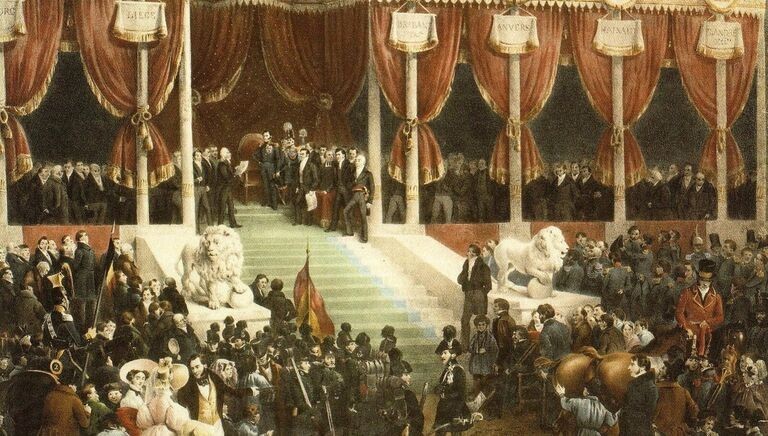
However, when he realized that this endeavor was unlikely to succeed, the ardent Francophile pushed for an union with France. Nevertheless, the revolution came to an end, and in October 1830, the Kingdom of Belgium was officially created.
The Mayor of Verviers
Still in 1830, David was reelected as mayor of Verviers. He found himself leading a city traumatized by past conflicts. Over the next decade, he made it his mission to improve the living conditions of his besieged citizens.
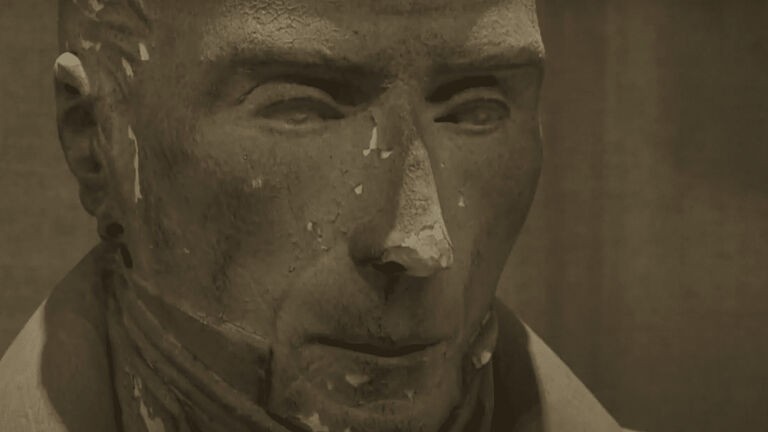
Even today, Pierre David is remembered as the man who brought peace and stability to Verviers after centuries of conflict and unrest. He is hailed as a savior.
The Spirit of Innovation
During his first term as mayor, David had already established a fire brigade for the city of Verviers. It was a groundbreaking initiative and set a huge precedent at the time.

By the end of his tenure, he had also inaugurated a secondary school and implemented a program for affordable housing. Centuries later, his accomplishments are still celebrated, evident in the numerous streets and statues bearing his name.
The Secret of the Fountain
Two centuries have passed. Today, the ornate fountain in the heart of Verviers stands as a memorial to Pierre David. It is one of the many fountains scattered throughout the city, serving as important water sources.
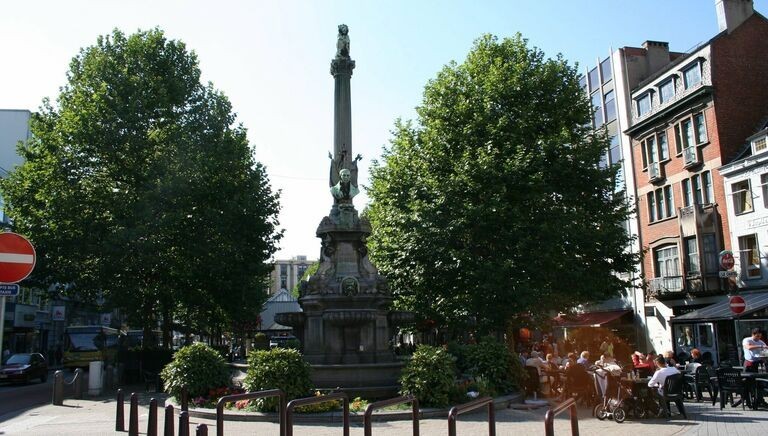
However, unlike the other fountains, this one holds a rather eerie secret within its depths. Though the secret is indeed bizarre, the story behind it remains inspiring and fascinating.
After the Notre-Dame Fire, a Disturbing Discovery by Experts
In April 2019, the world watched in horror as Notre-Dame, one of the most iconic places of worship, was engulfed in flames. It was no ordinary fire. It left the building almost completely destroyed, alongwith countless historical artifacts it housed. Then, a year later, as experts were renovating the Gothic beams and arches of Notre-Dame de Paris, a disturbing discovery was made among the piles of ashes and debris.
The Beginning of the End: Notre-Dame Cathedral Fire
On April 15, 2019, everything seemed normal at Notre-Dame Cathedral in Paris. At least, until the early evening. That's when an alarm alerted the staff that there was a fire somewhere in the cathedral.

After evacuating everyone inside, they rushed to try to extinguish the fire before it spread, but they realized it wasn't where they thought it was. By the time they located the fire, it was already becoming uncontrollable. Discover how the city anticipated a fire.
A Nightmare that Became Reality
For the cathedral officials, as well as experts and history enthusiasts, this was a situation they had long feared. Some parts of the structure date back to the 12th century, and the masonry was already incredibly vulnerable in many places.
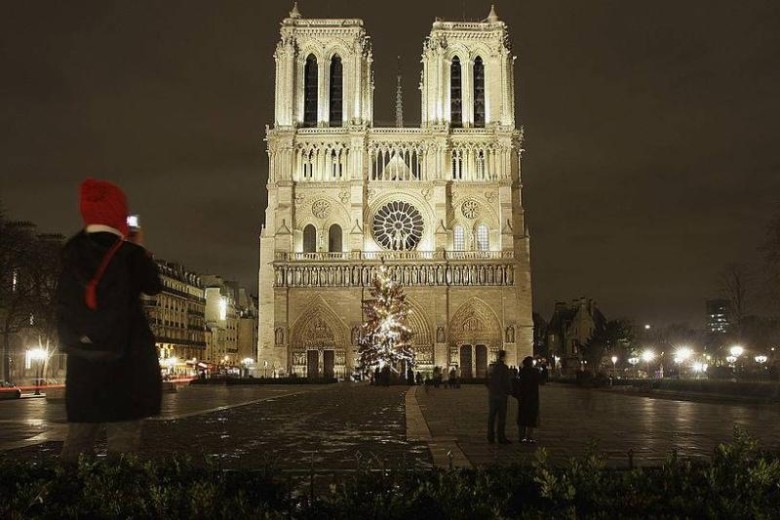
At the top, a large portion of the attic, spire, and oak beams dating back several centuries had dried out, making the entire cathedral susceptible to a devastating fire.
Frequent checks were conducted on the building
In April 2019, the possibility of a fire breaking out was a major concern, to the point that the building was monitored by firefighters several times every day. Unfortunately, all these precautions did not prevent the fire from starting.

It is believed that the cause was due to an electrical issue. For over three hours, Parisians and the world watched as the flames burned the roof of this historic monument.
Saving the Artifact
As the fire continued to worsen, hundreds of firefighters worked tirelessly in the hopes of containing it. Meanwhile, emergency services formed a human chain to safely remove any objects they could reach from inside the building.
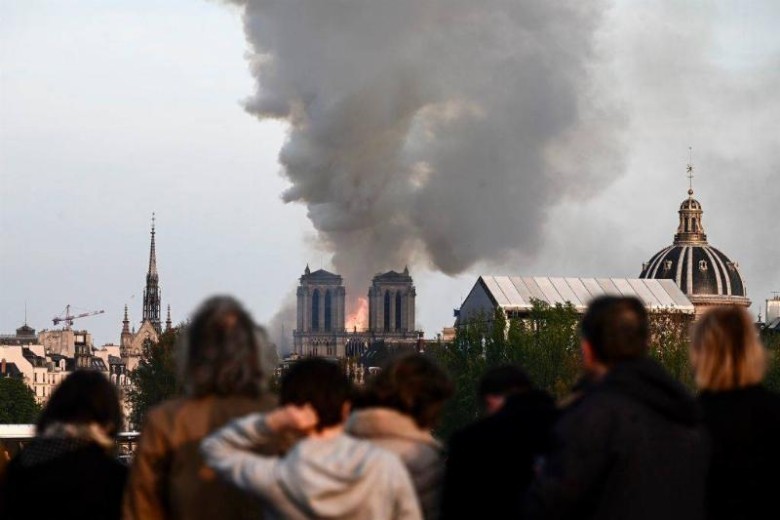
However, despite the firefighters' efforts, the fire was too extensive to be controlled. When the flames were finally extinguished, the once magnificent cathedral was nothing more than a shadow of its former glory. The true extent of the damage would be revealed the next morning.
Witnessing the True Damages
As the sun rose the next morning, it revealed the serious damages caused by the fire to Notre-Dame. During the fire, about two-thirds of the cathedral's roof was destroyed, and the 19th-century spire completely collapsed.
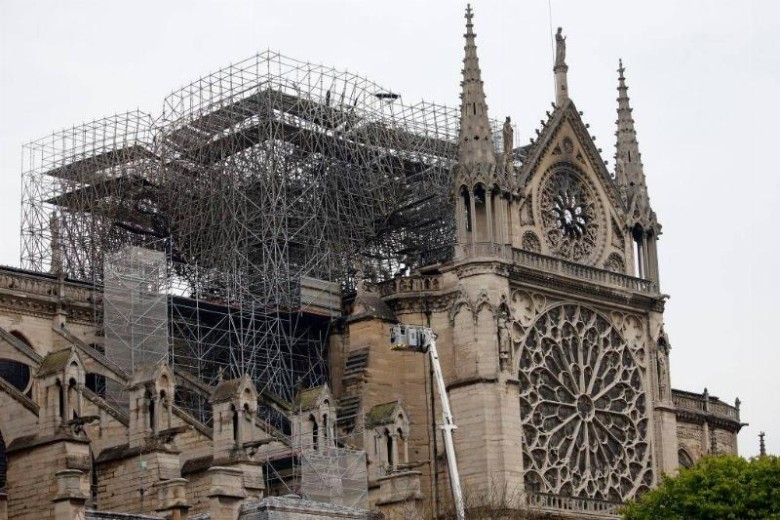
As if that weren't enough, the falling spire pierced through the ceiling of the vault below, exposing the interior of the building to the fire. It was truly a disaster.
Latest News
As Parisians mourned the loss of one of the city's greatest structures, media outlets around the world reported on the destruction of such an iconic cathedral.
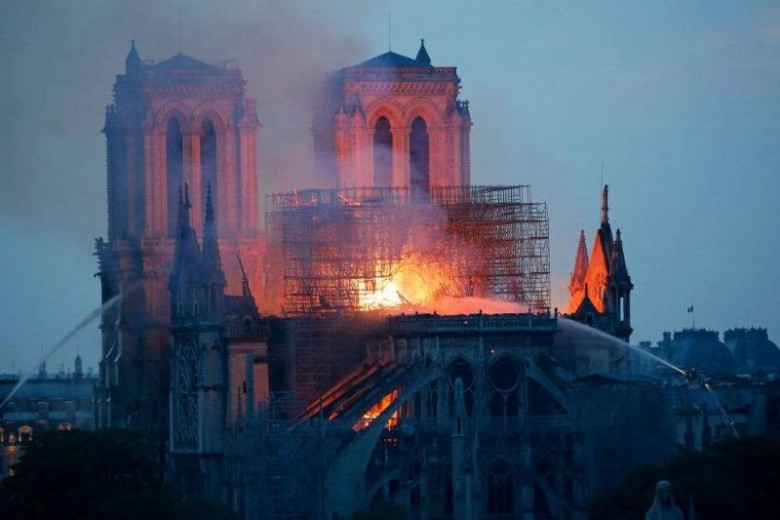
Journalists worldwide scrambled to find as many details as possible regarding the causes of the fire, the number of lost artifacts, and the extent of the damages. Meanwhile, many people were still in shock over such a tragedy.
The cathedral housed some of the greatest relics of Christianity
As Notre-Dame Cathedral was one of the most renowned places of worship in the Christian faith, it is not surprising that it housed some of the most beautiful objects of this religion.

At the time of the fire, the cathedral was supposed to house the crown of thorns worn by Jesus Christ, as well as an ancient piece of wood believed to be from the cross upon which Jesus was crucified. However, the Christian relics were not the only ones at risk from the fire.
More than just religious relics
While the relics inside the cathedral are incredibly important to millions of people worldwide, they were not the only things of concern.
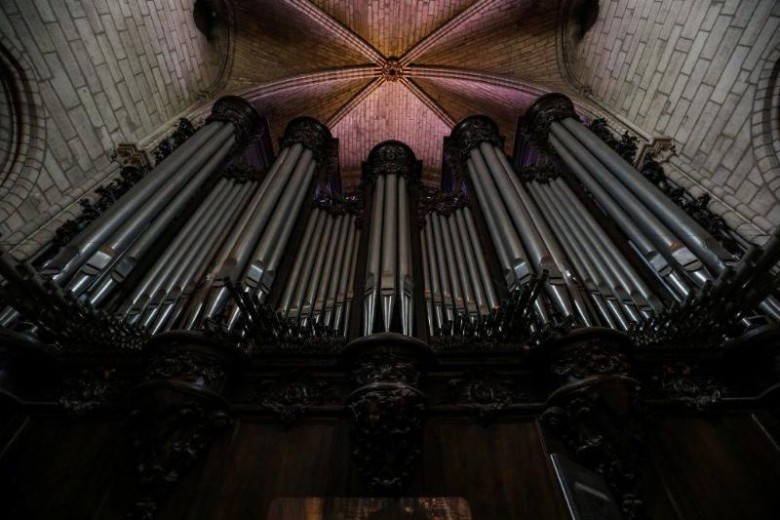
Inside the cathedral, there was also the 18th-century organ of Notre-Dame, which is so impressive that musicians have to sign up years in advance for a chance to play it. Not to mention the countless statues, some dating back to the 1300s, and the Mays paintings, which were donated to the cathedral between 1630 and 1700.
There Was a Glimmer of Hope
Although the fire at the church was devastating for the world, the worst-case scenario never happened. Incredibly, some of Notre-Dame's most famous artworks were not even in the building when the fire broke out.
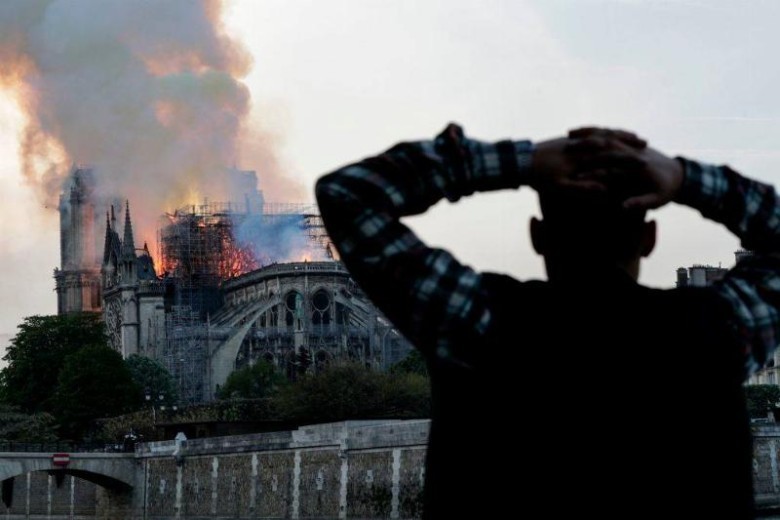
Towards the end of 2018, repair work was being carried out in the cathedral. As a result, a number of items had been removed to avoid damage and ensure their preservation until they could be safely returned.
Other good news
In addition to the many artworks removed from the vault, a large number of Notre-Dame's most valuable treasures were in the sacristy, a neighboring building that was not damaged by the fire.
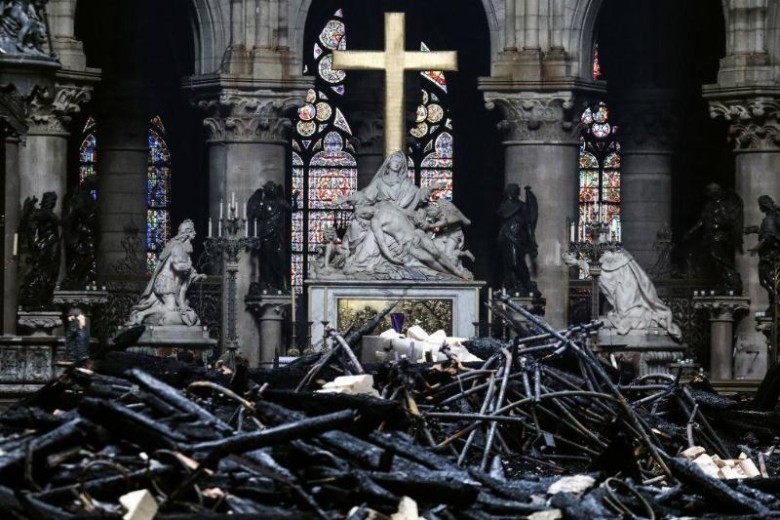
Furthermore, many objects that were in the burning cathedral were saved by the rescuers who worked together to remove as many as possible. However, not all the precious objects in the building could be saved.
Of course, not everything could be saved
Maxime Cumunel, Secretary General of the Observatory of Religious Heritage, spoke with Reuters in 2019. He said, "We have avoided a complete disaster. But about 5 to 10% of the artworks have probably been destroyed, [and] we have to deal with that."
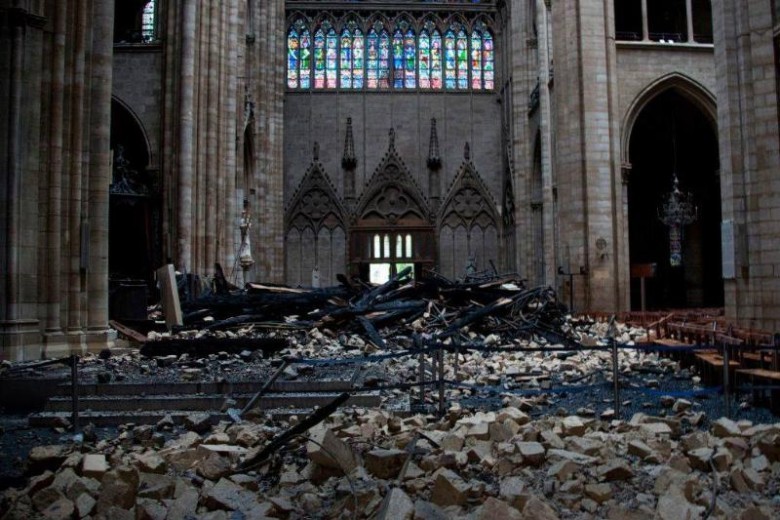
While smoke-damaged paintings were eventually removed from the ruins of the cathedral, the harsh reality of the situation finally began to sink in. Nevertheless, the whole world rallied to help the city of Paris cope with its loss.
Donations poured in
In the days and weeks following the fire, a multitude of organizations, businesses, and individuals made generous donations to help fund the restoration of Notre-Dame.

For example, French businessman Bernard Arnault donated a substantial amount of $200 million for this cause. However, even as donations continue to pour in, experts estimate that it will take billions of dollars to restore the cathedral to its former glory. There is still much work to be done.
Starting the rebuilding process
Once the fire was extinguished, restoration experts began to sift through what was left of Notre-Dame. However, they must proceed with caution as the building is still incredibly unstable due to the fire, and there is no guarantee that the roof will not collapse on their heads.

That's when French President Emmanuel Macron announced that he had promised the iconic cathedral would be rebuilt. Now, it was up to the experts to figure out how to restore it.
There was still hope
At the beginning of the restoration project, the specialists involved were impressed by the number of relics from the cathedral that were spared by the flames. In an interview with Science magazine in 2020, Aline Magnien from the Laboratory of Research on Historic Monuments explains
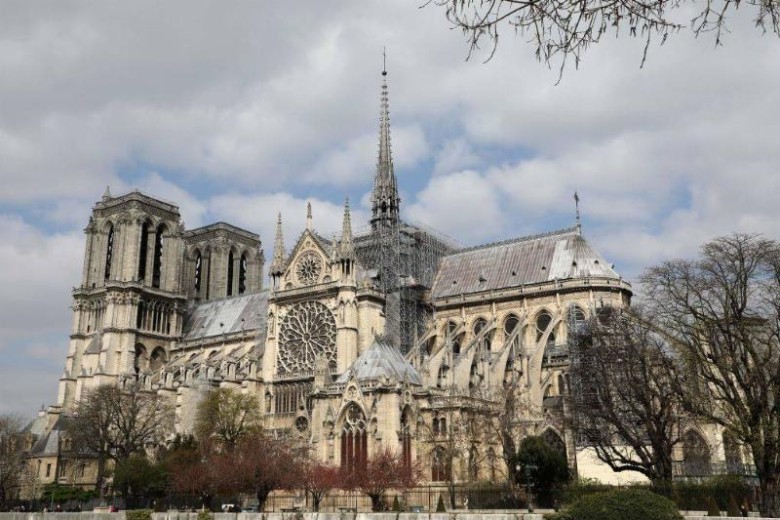
"What matters is not so much the roof and the vault as the sanctuary they protect. The heart of Notre-Dame has been saved." Thus, the building can be restored, but not what it protects.
Reconstruction would not be an easy task
Of course, after such a devastating fire, it was evident to everyone involved that restoring the cathedral would be a monumental task. For Magnien's team at LRMH, the first task of the project was to try to prevent further damage from occurring.
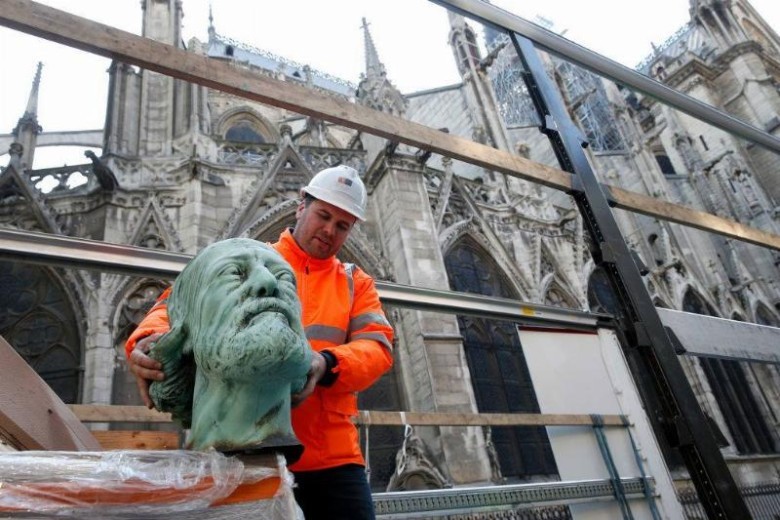
Then, once this task was accomplished, the team of 23 experts would use their knowledge to help inform the builders on the best way to rebuild the church.
Problems Pile Up: Experts Face Numerous Obstacles in Notre-Dame Reconstruction
As experts knew they would encounter significant obstacles along the way, the problems were actually more numerous than they anticipated. For example, one of the initial challenges the team faced was reaching the damaged masonry of the cathedral.
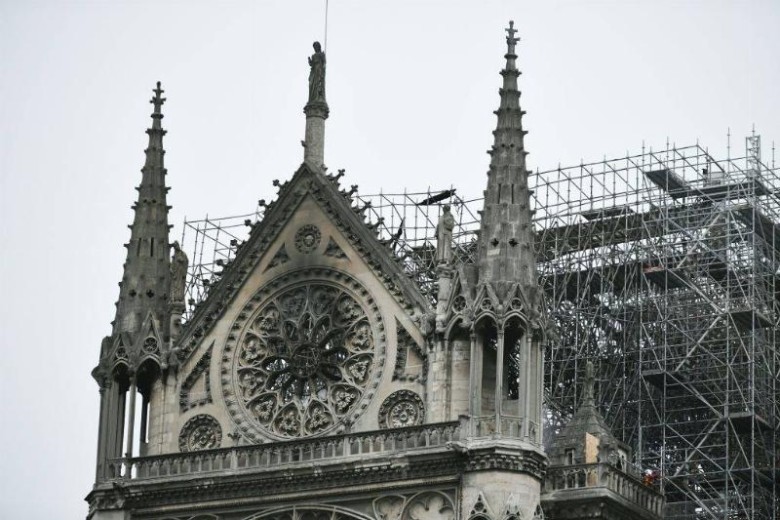
They concluded that climbing to the top of the vault could cause the collapse of the entire structure, which was the last thing they wanted. Additionally, observing it from below put them at risk of being exposed to falling debris. They had to find another way.
Thinking Outside the Box
The researchers were therefore unable to determine the degree of instability of the Notre-Dame ruins. However, they quickly found other methods. They quickly discovered that they could get an idea of the damage.
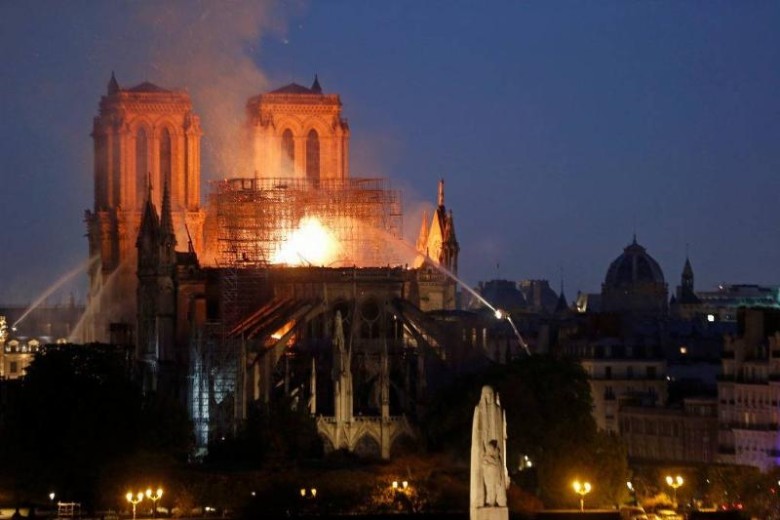
Indeed, the color of the stone could provide surprising information. According to the team, the limestone blocks used to build the church take on a different color depending on the temperatures they have been exposed to.
How It Works
For example, between temperatures of 300°C and 400°C, the iron in the limestone decomposes, leaving behind an obvious red hue. However, as temperatures increase further, the color even turns black.
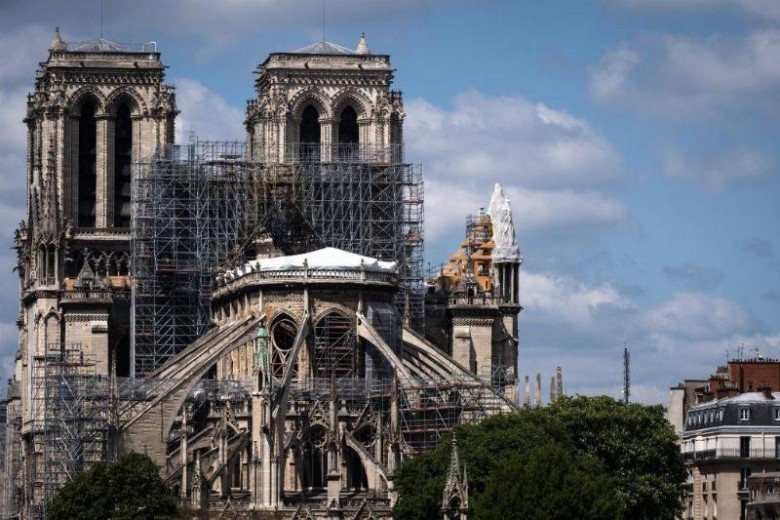
Finally, at around 550°C, the blocks are reduced to little more than powder. With this knowledge, the researchers were able to determine the strength of each individual stone simply by identifying its color. This information was crucial in deciding how to manage the reconstruction project. Surprisingly, fire was not the only element that would cause problems.
They Had to Worry About Water and Fire
Incredibly, fire was not the only problem the team had to face, but its opposite element, water. After the fire, a significant amount of water infiltrated the ruins of Notre-Dame.
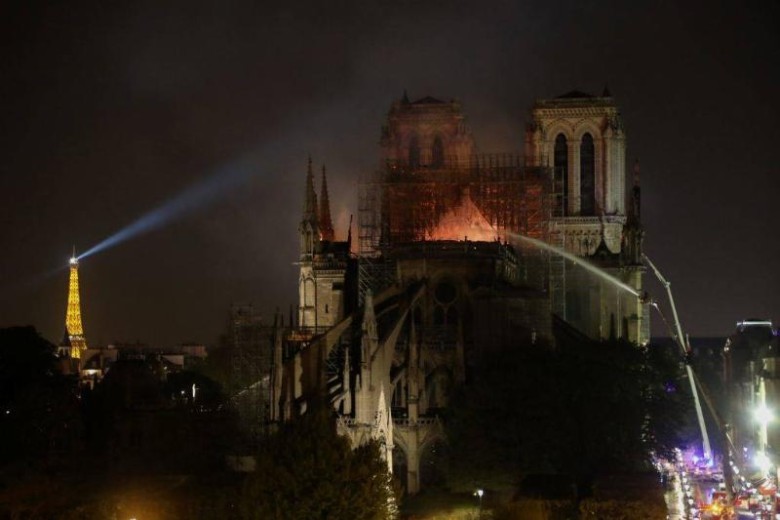
During the fire, firefighters were ordered to keep the water away from the fragile and timeless stained-glass windows. However, they were unable to do the same for the stone vault, as the flames would have completely engulfed it.
Water contributed to both saving and destroying the cathedral
When firefighters turned their hoses towards the limestone walls of the cathedral, the ancient and porous material absorbed much of the water, which increased the weight of many stones.
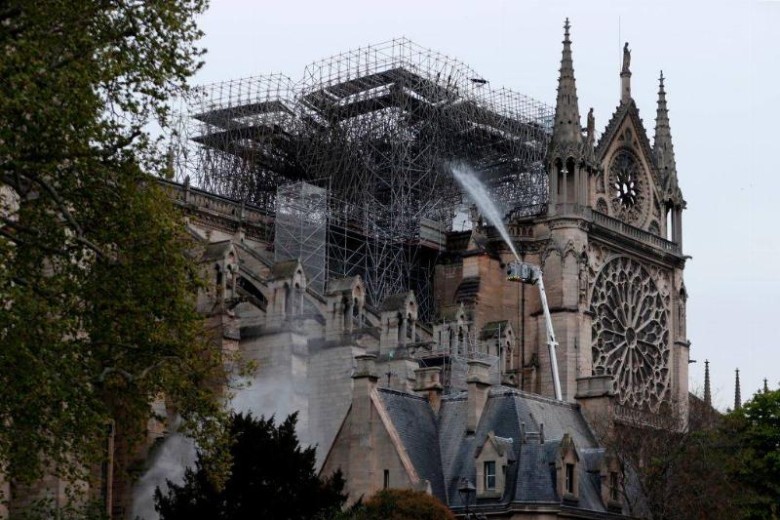
More than a year later, researchers say that a good portion of the stones is still not completely dry. Worse still, the water contained within the stones is known to expand and contract depending on the temperature, further weakening the already unstable structure.
A Promise from the President
Today, work on the cathedral continues in the hopes of restoring its official glory. French President Emmanuel Macron has promised that the cathedral will be ready to welcome the public by 2024.
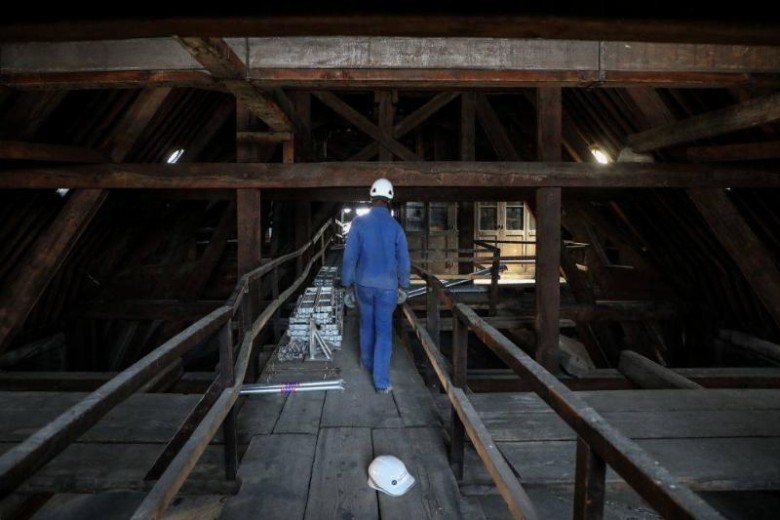
However, during the reconstruction process, experts have also taken the opportunity to study the monument that has defined Paris for hundreds of years. Despite the tragedy of the fire, they have been able to gain insights into the structure that few have been able to obtain before. The project has been thrilling for many of the involved experts.
A Step into the Past
Philippe Dillmann, a metals specialist working with the LRMH, told Science magazine, "We are sorting through thousands of fragments, some from our world, others from an older world. And it's like we are communicating with the Middle Ages."
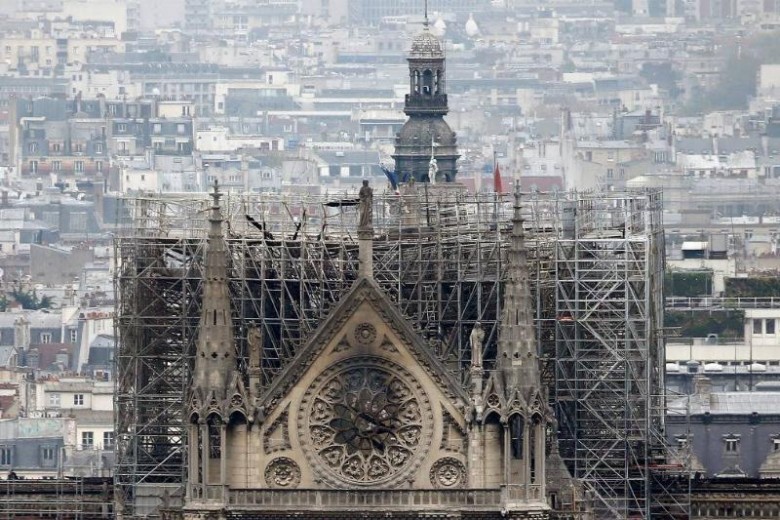
For historians working on the reconstruction, it's like a dream come true, as they have the opportunity to be up close with pieces of history like few have been before. They are also studying the techniques used by 13th-century stonecutters to build the cathedral.
The Attic Was Not a Total Loss
Amazingly, the destruction of Notre-Dame was not as significant a loss as one might imagine. According to experts who analyzed the remaining beams, it was discovered that the wood used had been custom-grown in a dedicated forest.

By testing the age of the wood, they concluded that the construction of the cathedral had been in progress for at least a century before the first brick was even laid. It is clear that people had grand plans for the finished product.
The cathedral is not the only thing that was damaged
While it seems that the fire at Notre-Dame was not as severe as it could have been, the cathedral was not the only thing to suffer from the fire. The citizens of Paris were not so fortunate.
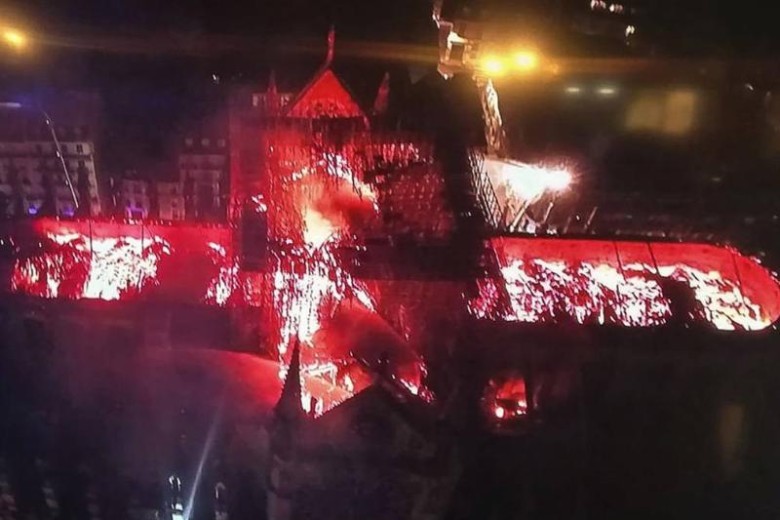
Apparently, when the cathedral's roof burned, massive amounts of toxic lead melted and were released into the atmosphere. The worst part, however, is that these pockets of toxic lead have not yet been found.
The dangers of lead
Although the cathedral is centuries old, lead can still be found on the roofs of some structures today. Nevertheless, it is toxic, and exposure to it under certain circumstances can lead to a range of physical and neurological conditions.
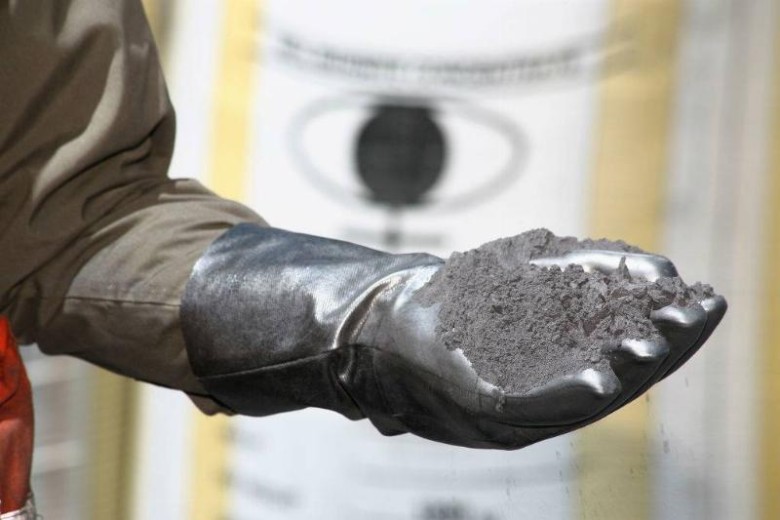
Lead exposure can also lead to behavioral problems as well as infertility, seizures, and even death. So, it didn't take long for the city of Paris to realize that they had a much more serious problem than just the fire at Notre-Dame.
Concerns of the population
Following the fire at Notre-Dame, many Parisians were concerned that the lead released from the roof could have contaminated several areas around the cathedral, thus putting their health at risk.
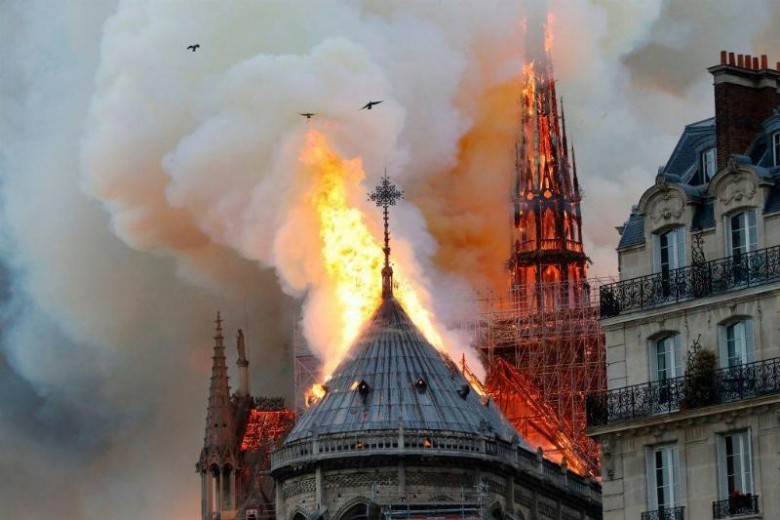
Initially, however, science was reassuring and helped to calm the population. According to metallurgist Aurélia Azéma, head of section at the LRMH, the fire did not reach the temperatures necessary to reduce the material to toxic gas. However, this does not mean that the threat of lead was not real.
Much of the lead remained in the cathedral
Although the lead that many feared was released into the atmosphere was not, it was still inside the cathedral. A large part of the roof's lead had reached a high enough temperature to melt and harden, forming stalactites.
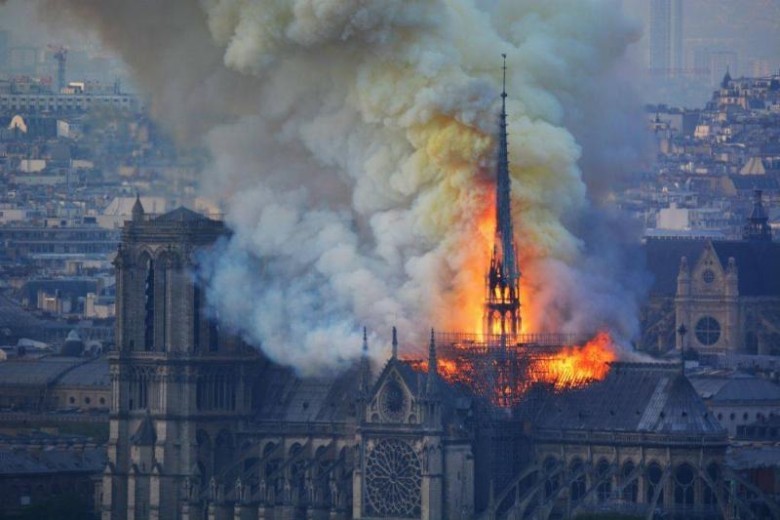
Authorities refused to issue a public warning regarding the lead, which led many citizens to believe they were safe. However, a very different story was unfolding behind the scenes of the Notre-Dame fire.
Spectators saw something strange
Some witnesses of the Notre-Dame fire claimed to have seen a yellow mist forming above the cathedral as the fire raged on. This mist greatly worried the spectators.
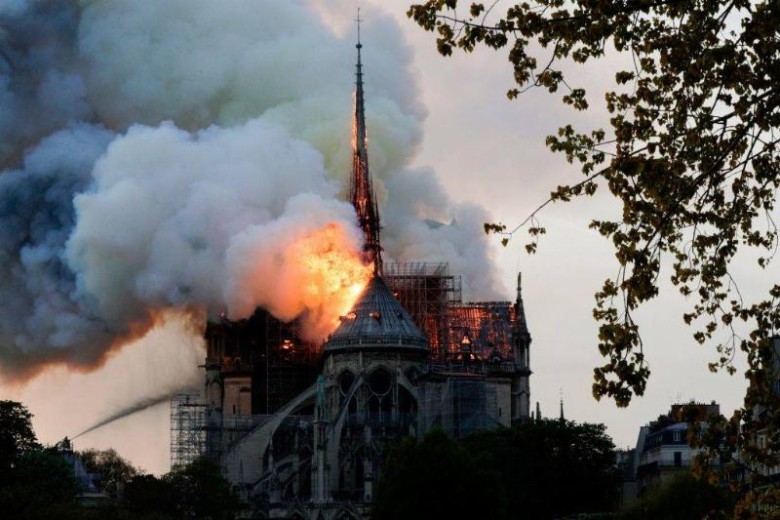
According to experts, the fire reached temperatures high enough for the lead to combine with oxygen, creating an aerosol effect. It seems that at least some of the toxic substance escaped from the cathedral's roof into the atmosphere of Paris.
Where did it go?
The question remained unanswered: where did that lead-filled air go? This question was difficult to pinpoint given the wind and many other factors on that fateful day. To make matters worse, authorities did not test the neighborhoods around the cathedral for several weeks. When they did, their worst fears came true.
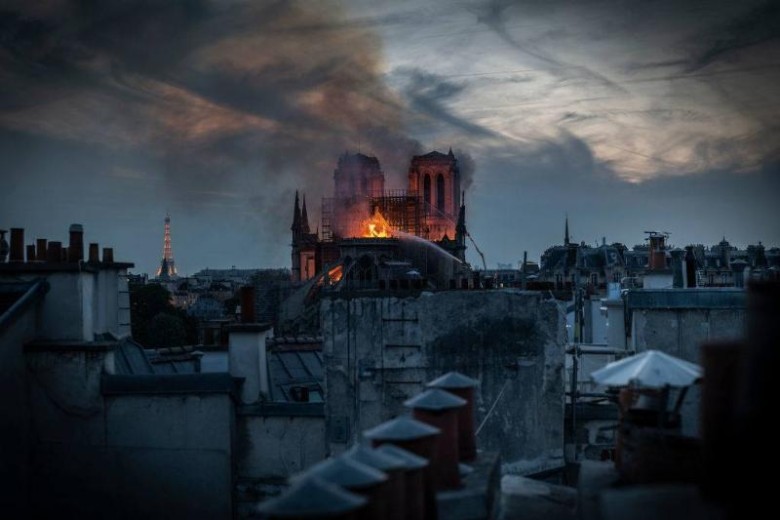
A number of schools in the surrounding areas had a significant amount of lead. Furthermore, in other recreational areas, the readings were over 60 times higher than the recommended limit.
The Hidden Dangers of Notre-Dame's Fire: Toxic Lead Contamination in Paris
A Potential Cover-Up: The Truth about Lead Contamination After the Notre-Dame Fire
Since the devastating fire at Notre-Dame Cathedral, rumors have been circling about potentially dangerous levels of lead being released into the air. It is suspected that those in charge may have intentionally concealed the extent of the contamination and assured the public that there was no cause for concern. However, a 2019 report from The New York Times reveals that the risks were known shortly after the fire, yet no actions were taken by the authorities.
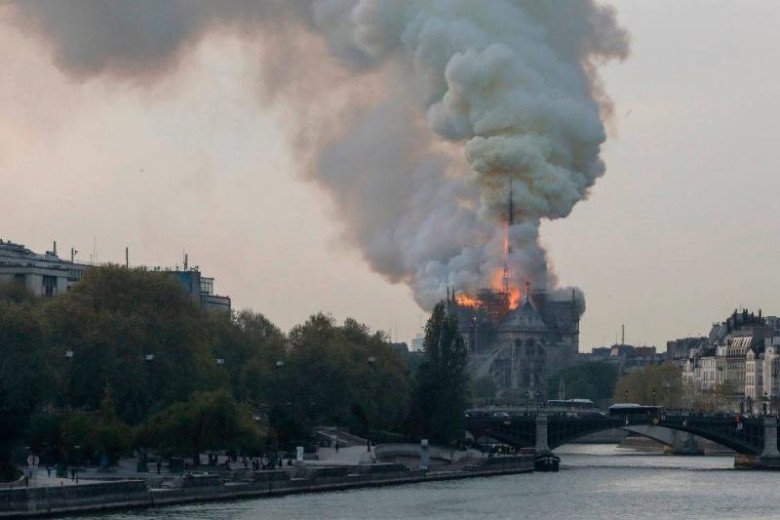
In September 2019, representatives from Robin des Bois, an environmental organization in France, brought forward suspicious news. Understandably, residents of an apartment complex located approximately one kilometer from Notre-Dame requested that lead tests be conducted on their property to determine if the rumors were true.
The test results showed lead levels on their balcony to be about twenty times higher than the recommended safe limit. This meant that the city of Paris had a serious problem to address.
Not only was lead found in neighboring residences, but a police station in Paris also had lead levels eight times higher than the legal limit. In a 2019 interview with The Daily Telegraph, union representative Frederic Guillo expressed his concerns, stating, "This once again proves that the lead contamination caused by the Notre-Dame fire is a serious and long-term issue that authorities should protect their citizens from." It seems that the city and its inhabitants had much more to worry about than just the loss of one of their most precious landmarks.
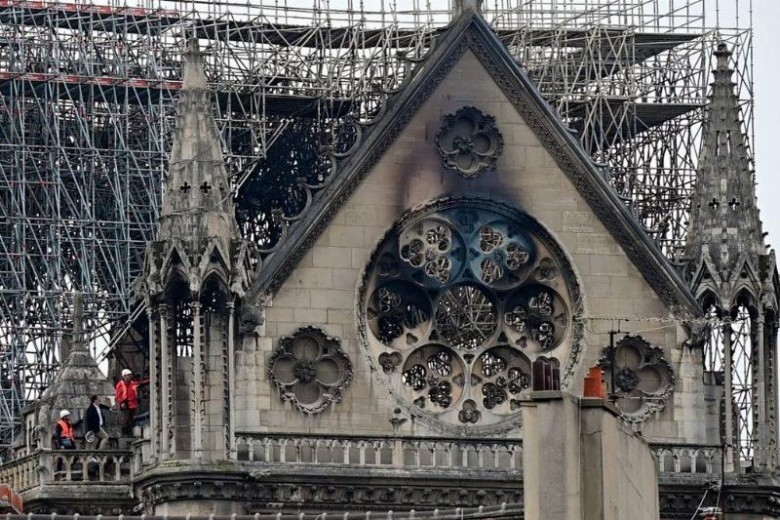
Understandably, Parisians were alarmed by the presence of lead in the air, especially after discovering that the rumors were indeed true. However, experts still have much work to do at Notre-Dame, as it remains the epicenter of this toxic leak.
Furthermore, metallurgist Aurélia Azéma has detected traces of lead throughout the cathedral, including in places such as the organ pipes. In other parts of the building, scientists have made another shocking discovery.




















Comments
0 comment